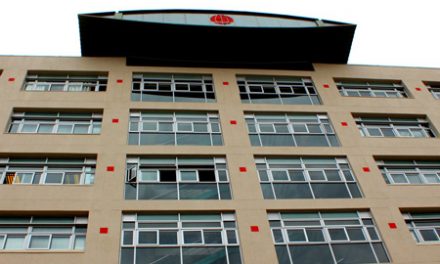
Building houses costs more than ever says First Capital

By Freeman Ya Ngulu.
Despite the challenges such as the continued depreciation of the Namibia dollar to the greenback, the cost of building material in Namibia remains under pressure, which makes imports more expensive, leading to ever-rising cost of construction of houses.

The overall price environment is expected to stabilize during the third and fourth quarters of 2023 according to the First Capital Building Cost Index which reached 135 in June 2023, a marked increase from the previous year’s value of 131 during the same month. This trend reflects a 3% increase in building costs during the second quarter of 2023 compared to the same period in 2022.
Among construction materials, doors and windows experienced the most significant annual surge of 39%. Paint supplies followed at 17%, while roofing and ceiling materials, and brickwork supplies each rose by 22% and 21% respectively.
Foundation and structural components also increased by 21% over the year. Plumbing supplies saw a smaller increase of 6%, while electrical and tiling materials rose by 8% and 18%, respectively.
According to Martin Mwinga from First Capital, the inflationary pressures that have been accumulating since the first quarter of 2022 are primarily attributed to the depreciation of the Namibia dollar against major trading currencies, coupled with high energy prices.
“This anticipated stabilization is largely due to the easing of geopolitical tensions in the Republic of South Africa, Namibia’s significant trading partner, which is likely to have positive spillover effects on the Namibian exchange rate and hence on the cost of imported building materials.,” Patrick Simasiku, an Economist from First Capital said.
However, he added that high land prices continue to be a significant constraint for individuals and businesses seeking to acquire residential properties, particularly in the central and coastal regions of the country where demand is high, and supply is limited.
On the monetary policy front, the Bank of Namibia is projected to continue with its contractionary monetary stance, with the Monetary Policy Committee expected to raise the repo rate by 25 basis points in its meeting on 16 August 2023. This move is likely to further increase the cost of borrowing, another dampening factor in a housing market that is already burdened by exorbitant financing costs.
Nonetheless, government initiatives like the Windhoek informal settlement upgrade programme and other projects like the Windhoek Waterfront Development, are expected to ease some of the demand pressure in the housing market by providing more affordable housing options. Overall, a combination of policy measures and market developments will shape the housing market dynamics in Namibia for the rest of 2023.
The Windhoek Waterfront Development in Goreangab includes the construction of 300 free-standing houses, each with an average erf size of 300 square meters. The project also features semi-detached houses, which are built according to client’s preferences and needs.
In 2022, 31 houses from the project were completed and subsequently occupied. In 2023, an additional 14 houses were completed so far and are set to be occupied by the end of the year.










































